In today’s rapidly shifting food landscape, health-conscious consumers are more empowered—and more cautious—than ever before. With access to information at their fingertips, shoppers are digging deeper into labels and questioning the ingredients behind the products that once made routine appearances in their grocery carts. This growing awareness has turned the spotlight on certain everyday foods that contain additives, preservatives, or artificial colors now sparking concern. What was once accepted without question is now being scrutinized for its long-term effects on health, with some ingredients even facing bans or restrictions in countries around the world.
This list takes a closer look at nine common grocery staples that are increasingly under fire for their controversial contents. From processed snacks with synthetic dyes to breakfast items containing questionable emulsifiers, these products raise critical questions about food safety, regulation, and corporate transparency. While many of these items are still widely available in the U.S., they’ve been flagged or restricted elsewhere—fueling debates on why American food standards sometimes differ from international norms. Whether you’re a dedicated label reader or just starting to pay more attention to what you eat, understanding what’s behind these controversies is key to making informed, health-conscious choices in the aisles of your local store.
1. Cereals
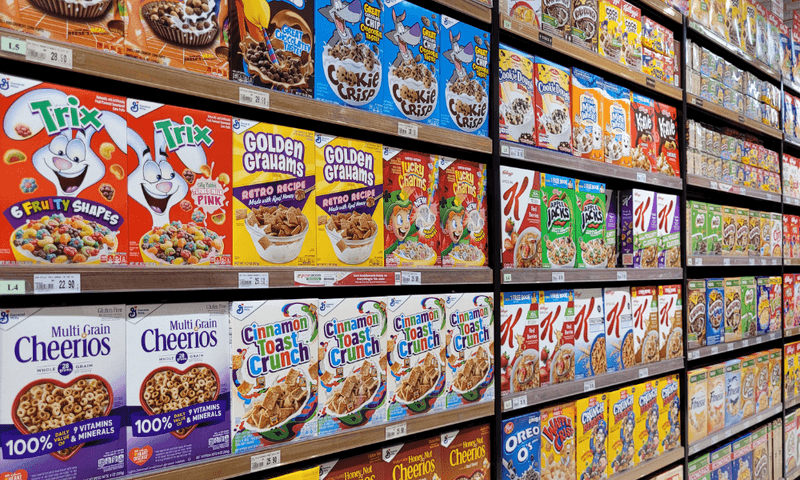
A vibrant morning ritual often begins with a bowl of cereal. However, hidden behind the cheerful packaging and familiar mascots is an ingredient that has sparked growing concern—BHT (Butylated Hydroxytoluene). This preservative, used to maintain freshness, is banned in some countries due to potential health risks.
Its presence in many popular breakfast cereals has led parents and health-conscious consumers to reconsider their choices. As scrutiny increases, more people are gravitating toward natural and organic alternatives. The result is a noticeable transformation in the breakfast aisle, driven by a rising demand for transparency and safer ingredients.
2. Gelatins and Puddings
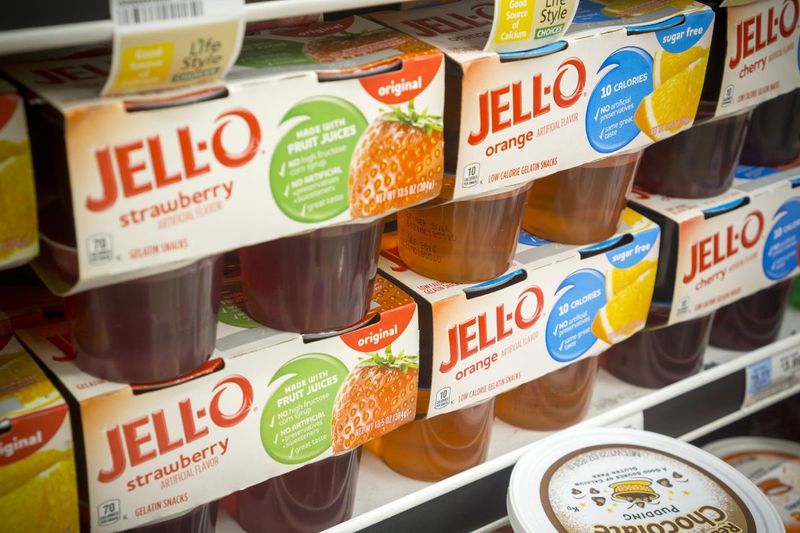
A dessert table filled with shimmering gelatins and creamy puddings might appear inviting, but these sweets often come with hidden concerns. Many contain additives like artificial dyes and thickeners that have sparked growing scrutiny. Some colorants, still used in certain regions, are banned in the EU due to potential health risks.
This inconsistency in food regulations raises important questions about the safety and necessity of such ingredients. As a result, more consumers are reading labels carefully and turning to homemade or naturally colored alternatives. The dessert world is gradually evolving, reflecting a broader demand for ingredient transparency and safer indulgences.
3. The Dyes
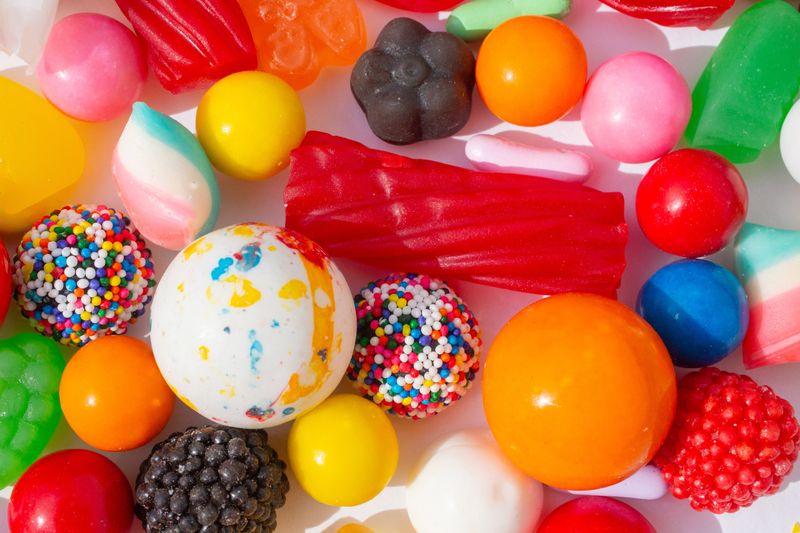
Synthetic dyes paint a vivid picture on our plates, yet their safety is a canvas of debate. Colors like Red 40 and Yellow 5 are common in many foods, from snacks to beverages. These dyes face scrutiny for potential health risks, including hyperactivity in children.
While some countries have banned specific dyes, others maintain their use with regulations. The conversation around natural alternatives is gaining momentum. Consumers are becoming artists of their own health, choosing to eliminate synthetic colors from their diet. Thus, the vibrant world of food dyes is seeing a gradual transformation.
4. Condiments and Dressings
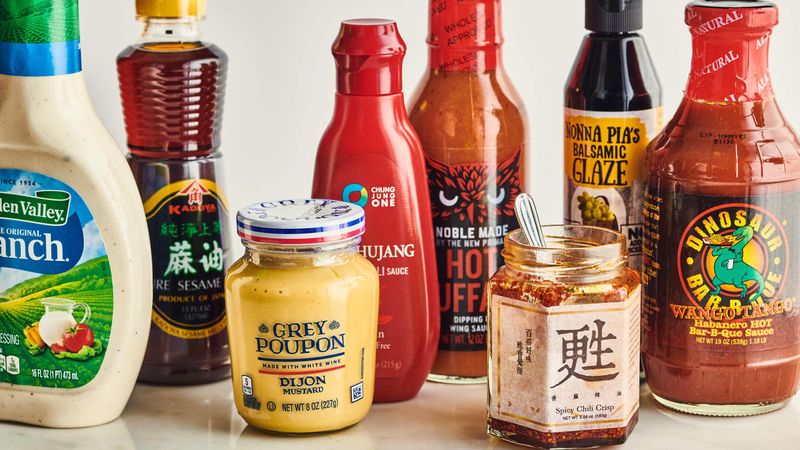
Condiments bring flair to meals, but look closely, and you’ll find a mix of ingredients that raise eyebrows. Additives like sodium benzoate and high-fructose corn syrup are common. These are linked to various health concerns.
The demand for cleaner labels is rising as consumers scrutinize what goes into their favorite sauces and dressings. Many are now turning to homemade recipes or brands promoting natural ingredients. This shift signals a broader trend towards transparency and health-conscious choices in the condiment aisle of grocery stores.
5. Lots of Candies

With its rainbow of colors, candy often contains additives that are a topic of concern. Ingredients like artificial flavors and preservatives are under the microscope. Some candies also use dyes that are banned in certain countries.
As health consciousness rises, consumers are opting for sweets with simpler, natural ingredients. Brands offering organic or additive-free candies are gaining popularity. The candy market is sweetening up to the notion of transparency, as more people demand to know the specifics of what’s in their treats.
6. Cake Mixes
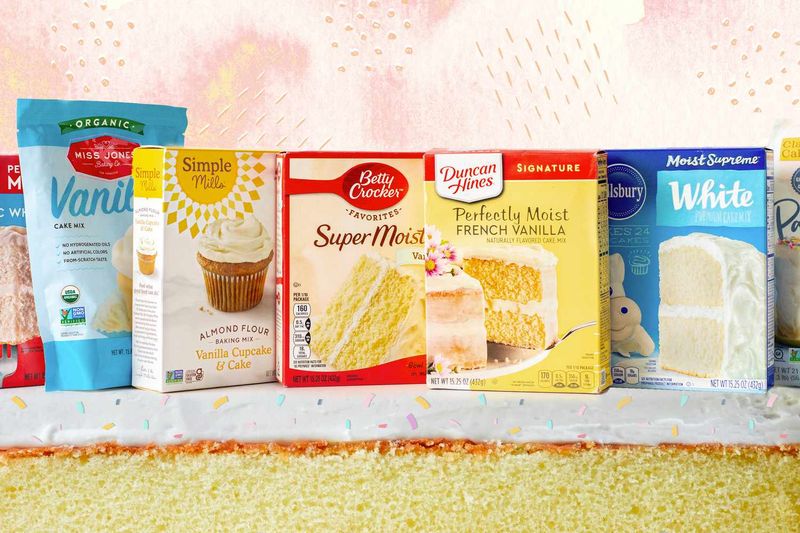
Baking a cake from a mix is a convenience many enjoy, yet the simplicity comes with complex ingredients. Additives like partially hydrogenated oils and artificial flavors are prevalent. These ingredients have faced backlash for potential health risks.
Despite their long shelf life, there’s a growing trend towards homemade alternatives and mixes with cleaner labels. As awareness grows, consumers seek transparency in baking, leading to a renaissance of traditional baking practices. The cake mix aisle is being revamped to meet the demand for healthier options.
7. Instant Noodles
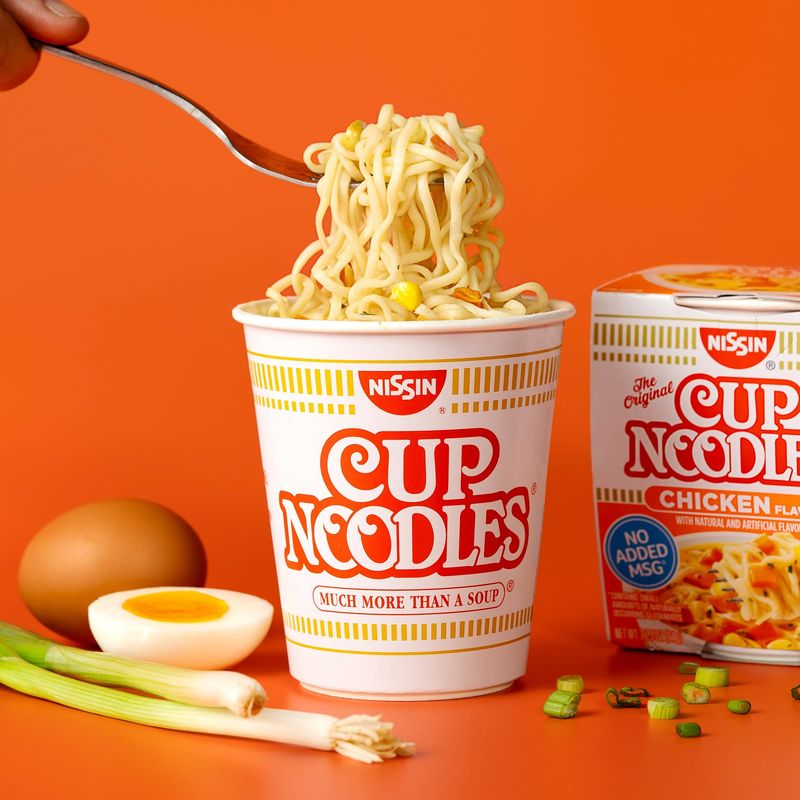
Instant noodles, a staple of convenience, often come with a side of controversy. Additives like MSG (monosodium glutamate) and high sodium content are hot topics. While MSG enhances flavor, it’s often debated for its health effects.
Consumers are increasingly aware of what goes into these quick meals. There’s a growing demand for noodles with natural seasonings and lower sodium levels. As the conversation around health continues, the instant noodle market is evolving to cater to more health-conscious consumers. A change in taste preferences is stirring the pot.
8. Hot Dogs
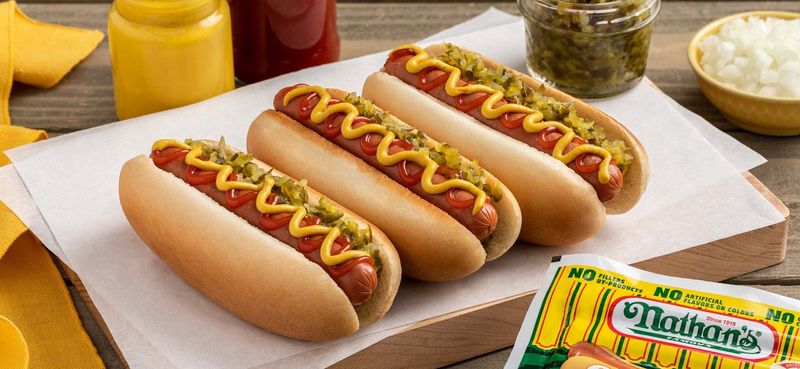
The quintessential cookout classic, hot dogs have ingredients that are anything but simple. Nitrates and nitrites, used for preservation, are controversial. They’ve been linked to possible health risks, sparking debates.
As consumers become more health-conscious, there’s a push for nitrate-free and organic options. The traditional hot dog is undergoing a transformation as people seek transparency in their food choices. The grill is heating up with new, healthier alternatives on the market, offering a taste of change in every bite.
9. Drinks
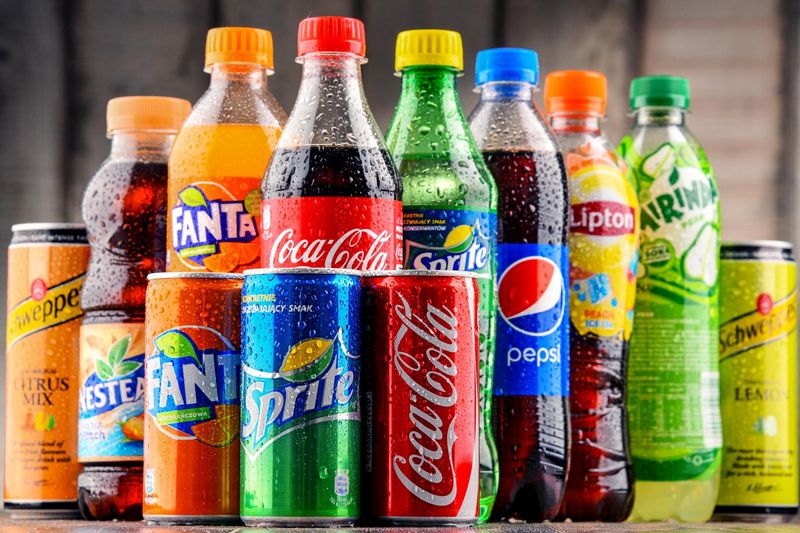
Beverages today often come with more than just refreshment; they bring a mix of additives that stir concerns. Ingredients like high-fructose corn syrup and artificial sweeteners are widely used but scrutinized for health implications.
The beverage industry is witnessing a shift as consumers seek drinks with natural ingredients. Brands promoting transparency and healthier alternatives are thriving. This thirst for change is transforming the drink aisle, leading to more mindful choices in what people reach for to quench their thirst.
Leave a comment